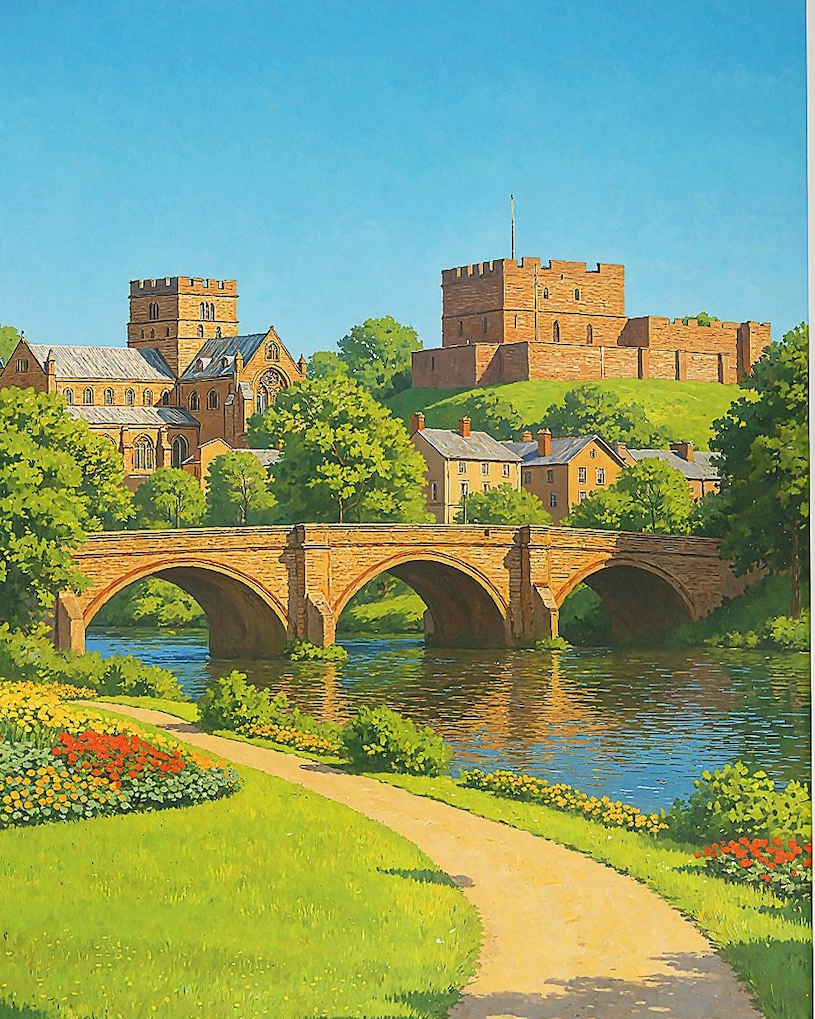Carlisle: Cumbria’s (only) Scottish Border City

Just below the Scottish border is Carlisle, Cumbria’s only city. An ancient place with a stunning cathedral, like most cities it has issues with litter and chain stores. But its real heart is of Romans, Vikings and medieval kings!
Not far from here is Hadrian’s Wall, an ancient landmark built under Roman rules almost 2000 years ago. It stretches right across to Northumberland (one happy resident that stood alongside it was the Sycamore Gap tree, recently in the news when destroyed by vandals – it is now growing new shoots – here’s hoping).
The wall took 15,000 men to build, and archaeologists have found many human skeletons (one with a dagger between his ribs, a still-unsolved murder mystery). Carlisle also has a castle, that was watched over centuries of border conflict (and even held Mary, Queen of Scots as a prisoner).
The city does have plenty of green space, including the River Eden (home to herons and swans), Bitts Park and Carlisle Botanic Gardens. And the historic Market Square is still home to many independent shops.
Penrith – Vikings and Red Squirrels!
Just 20 minutes from the pretty town of Penrith, Carlisle is the gateway to England’s National Parks, and many walkers and cyclists stop off at the historic station to begin the Coast to Coast Cycle Route, which passes through here. Interestingly, it apparently has more viking DNA than anywhere in England!
A happy tale is of Whinfell Forest, one of England’s major red squirrel sanctuaries. This is where the knee-jerk reactionists should be learning from. Instead of culling grey squirrels, these guys have got things right, providing the right kind of trees (pine etc) to provide exclusive sanctuary, food and shelter for reds, which helps to build immunity and stay safe from Squirrelpox, until a vaccination comes into play.
Read more on how to help both red and grey squirrels.






